Fractures Animation
By: Administrator
Date Uploaded: 05/02/2019
Tags: Broken bones femur animation
Attachments: image.png (14KB) image.png (26KB) image.png (12KB) image.png (11KB) image.png (11KB) image.png (13KB) image.png (12KB) image.png (9KB) image.png (8KB) image.png (7KB) image.png (30KB)
Types of fractures: - Colles' - Pott's - Compression - Vertebral compression - Epiphyseal - Stress - Hip Closed, or simple–A completely internal break that does not involve a break in the skin (x-ray of the tibia and fibula). Note the break in the fibula (smaller bone). Open, or compound–The fracture projects through the skin and there is a possibility of infection or hemorrhage; more dangerous than a closed fracture Transverse–Breaks the shaft of a bone across its longitudinal axis; the break is in the fibula, the smaller bone (note that images A and C are the same) Comminuted–Shatters the affected part into a multitude of bony fragments (x-ray of the femur bone) Greenstick–Only one side of the shaft is broken, and the other is bent (like a greenstick); usually occurs in children whose long bones have not fully ossified Spiral–Produced by twisting stresses that are spread along the length of a bone (note the break in the humerus) Colles'–A break in the distal portion of the radius; often the result of reaching out to cushion a fall Pott's–Occurs at the ankle and affects both bones of the lower leg (fibula and tibia) Vertebral compression–Fractures of the spine (vertebra) can cause severe ”band-like” pain that radiates from the back to the sides of the body; often occur in patients with osteoporosis. Over the years, repeated spinal fractures can lead to chronic lower back pain as well as loss of height or curving of the spine due to collapse of the vertebrae.The collapse gives individuals a hunched-back appearance of the upper back, often called a “dowager's hump” because it commonly is seen in elderly women.
Add To
You must login to add videos to your playlists.
Advertisement



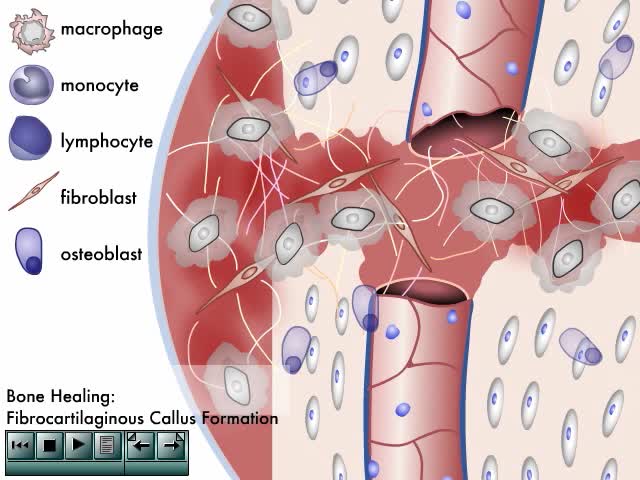
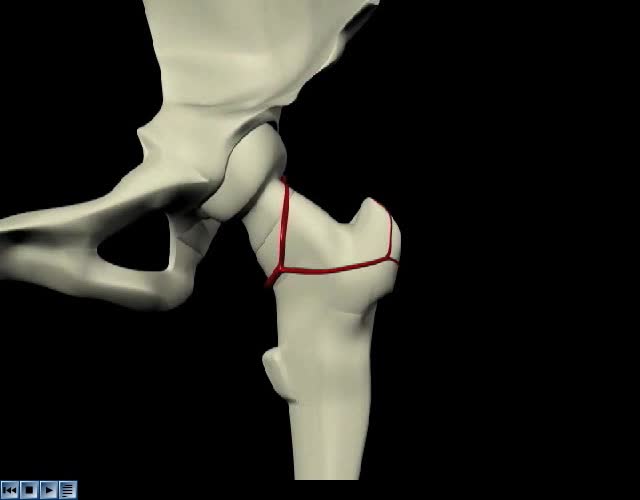
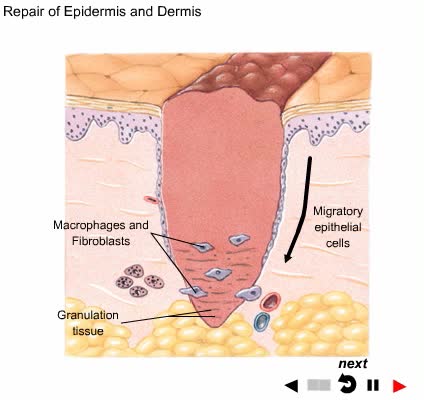
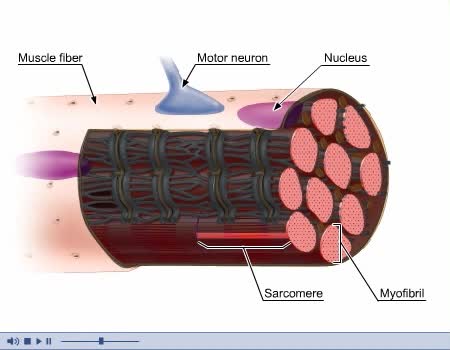
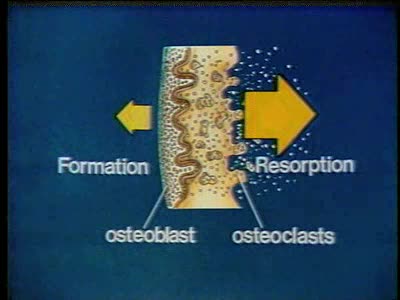
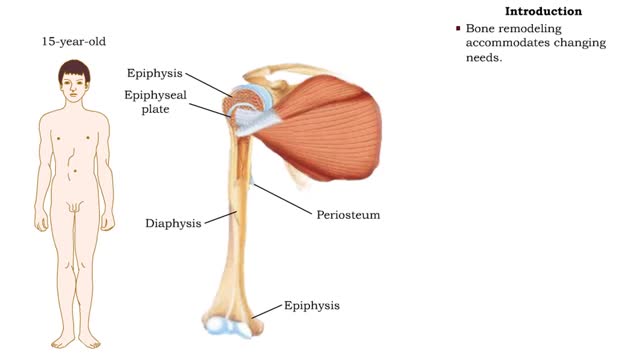
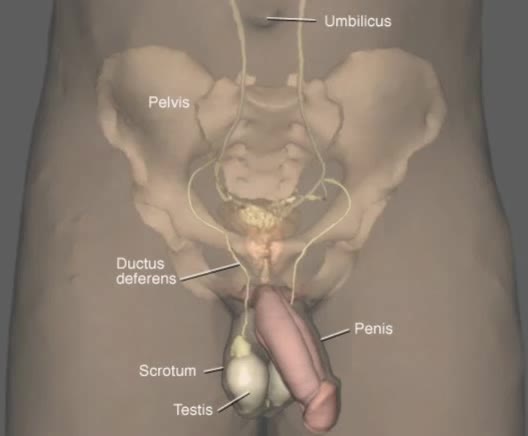
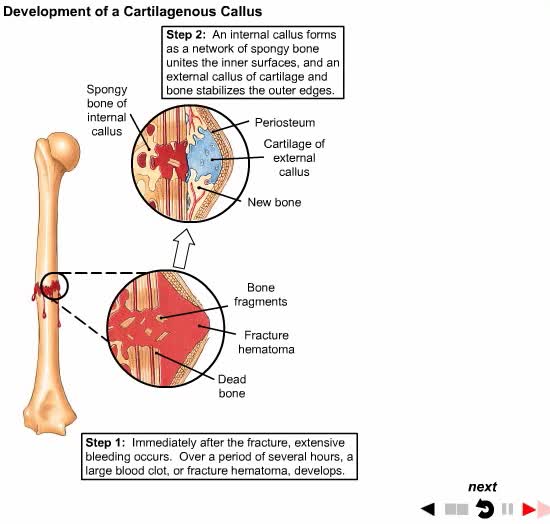

Comments
0 Comments total
Sign In to post comments.
No comments have been posted for this video yet.